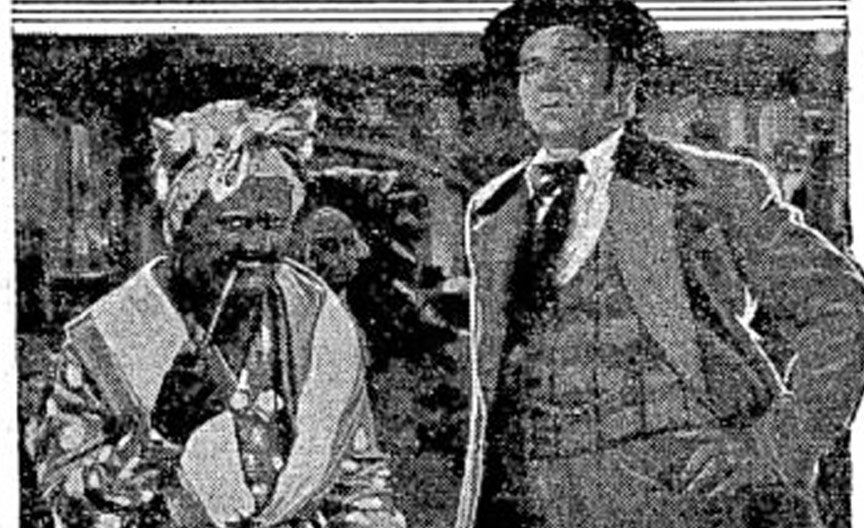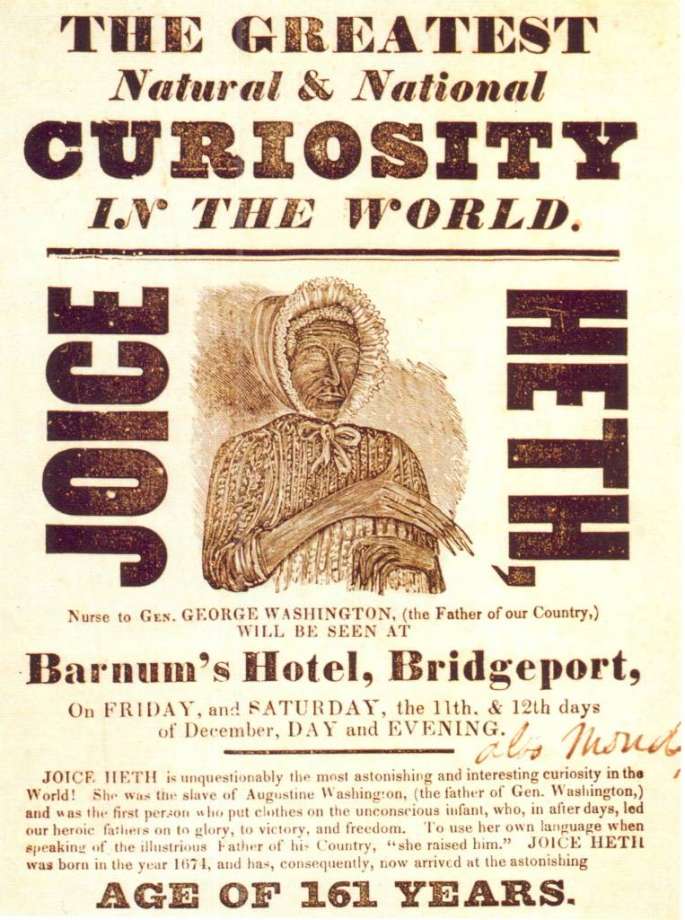The thing about The Greatest Showman is that it is exactly what it promises to be. When you watch the trailer:
You see bright colours, stunts, dancing, singing, flash and bang. It’s pure spectacle. And when you get to understand the content of the film, that it’s about Phineas Taylor Barnum, the greatest showman who ever lived – an entertainer and sometimes conman who understands that people come to his museum of oddities and curiosities and his circus show “for the pleasure of being hoodwinked” – you’ll begin to understand that this content will inform the form of your cinematic experience. You know it’s going to be more spectacle, more cotton candy than substance.
But does that mean you shouldn’t watch this film? No. Emphatically, and absolutely, not.
Why? Because it’s good entertainment!
The soundtrack is a little bombastic but befitting of the narrative and it’s definitely something you can easily bob your head to. The costumes are fancy and flashy, and beautiful to look at. I don’t see what about the film gives such offence that critics feel they have to slam it.
Sure, it’s not a breakthrough in anything and it definitely elides the darker side of the circus business – is it exploitation of society’s unfortunates? Or does it give these societal outcasts somewhere to call home and to belong?
Reading up a little bit on P.T. Barnum, I found that newspaper reviewers were quick to point out that the film glosses over Barnum’s first attraction of displaying aged slave Joice Heth whom he claimed was over 160 years old and ‘mammy’ to George Washington. This was of course all hogwash.


After renting her from her owner for $1000 and bringing her on tour around the country, Barnum never deigned to give Joice a penny of the profits. Worse still, Joice was sick when she began the tour and when she passed on, Barnum turned the autopsy of her body into a sideshow attraction. When the doctor who performed the autopsy pronounced the body as no more than 80 years old, Barnum went on to invent the first celebrity death hoax by suggesting that Joice was still happy and alive elsewhere and the body surely was not hers at all.
The Greatest Showman is also definitely not as gritty as Todd Browning’s Freaks (1932), which admittedly is what I thought it would be when I first heard they were gonna do a P. T. Barnum story. As Mark Kermode points out in his review of the film, it kind of very glibly passes over making any kind of real commentary on the fraught identity politics and commercial exploitation that must’ve been rife in the circus business in a couple of throwaway one-liners.
However, I strongly believe it’s not fair to judge a film based on what it never intended to be. Not every film has to provide social commentary and not every film is obligated to.
Sometimes films just wanna have fun. And this is definitely the season for it.
In a sense, if you wanna elevate the film, you could say it is exemplary of what Tom Gunning calls a “cinema of attractions” that has since “[gone] underground both into certain avant-garde practices and as a component of narrative films, more evident in some genres (e.g. musicals) than in others” (57).
This cinema of attractions is one that emphasises “subject[ing] the spectator to ‘sensual or psychological impact'” (Eisenstein qtd. in Gunning 59), and a “direct stimulation” that bypasses the need for creating a coherent diegesis, and for audiences to accrue any kind of acculturation in the traditional arts (59) in order to feel emotionally and mentally engaged.
This is popular entertainment in its truest form – something that hits you right in the gut and isn’t mediated by years of education or fine-tuning of your palate. So if the narrative framing of the film appears a little trite, if it lacks a little grit, and a little truth or realism, it’s only because, as George Méliès reminds us:
The ‘fable,’ or ‘tale,’ [is] only consider[ed] at the end… the scenario constructed in this manner has no importance, since [it is used] merely as a pretext for the ‘stage effects,’ the ‘tricks,’ or for a nicely arranged tableau (qtd. in Gunning 57).
And whether you want to call it stunts, vaudeville acts, attractions or spectacle The Greatest Showman has it in spades.


